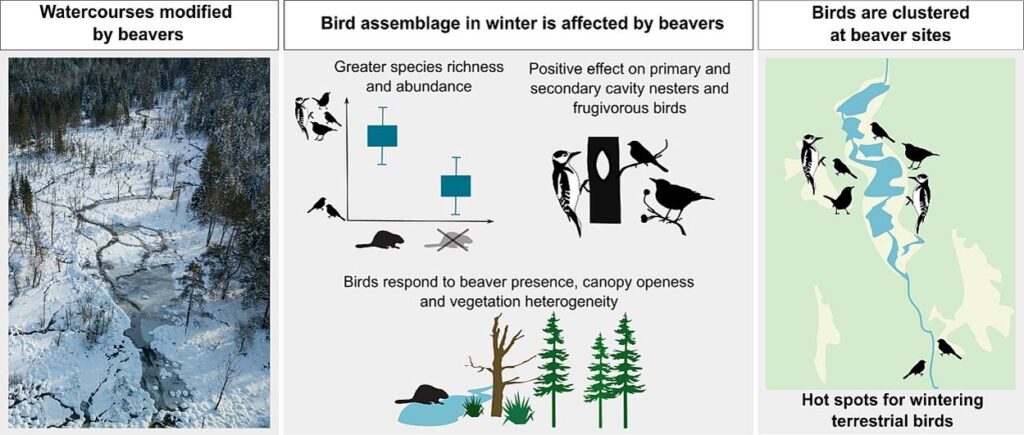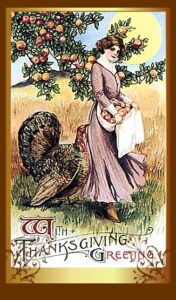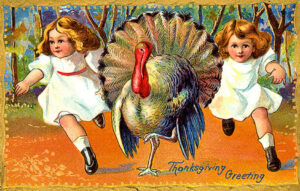 There was a whopper of a new study published in Europe at last month. It just made it’s way into the journals. It found that in addition to creating wetlands, beaver habitat created bird species diversity in woodlands as far as 60 miles away. That means that our little Martinez science experiment could have changed things in Rosevile, Gilroy or Point Reyes.
There was a whopper of a new study published in Europe at last month. It just made it’s way into the journals. It found that in addition to creating wetlands, beaver habitat created bird species diversity in woodlands as far as 60 miles away. That means that our little Martinez science experiment could have changed things in Rosevile, Gilroy or Point Reyes.

The engineering activities of the Eurasian beaver Castor fiber have far-reaching effects on the components of an environment and therefore modify the functioning of the ecosystem. The wetlands thereby created are the most conspicuous effect of beaver activity and attract water-related species. However, there is some evidence suggesting that beavers influence not only aquatic ecosystems but also the terrestrial habitats adjacent to these wetlands and the organisms occurring there.
We found a greater species richness and abundance of wintering birds on beaver sites than on watercourses unmodified by this ecosystem engineer (by 38% and 61%, respectively). Species richness and abundance were higher in the terrestrial habitats near the edges of beaver ponds, but for some species this tendency also held in forests growing at some distance from beaver wetlands. Greater species richness was related to beaver presence, but also increased with a more open canopy and greater forest floor diversity, whereas bird abundance was correlated only with canopy openness. The beaver sites attracted primary cavity nesters, secondary cavity nesters and frugivorous species.
This study provides evidence that the engineering activities of beavers during the growing season have a delayed cascading effect on the richness and abundance of the bird assemblage in terrestrial habitats in winter. This indicates that beaver ecosystem engineering should be seen as having a potential for carry-over effects, in which the consequences of beaver activity become apparent in subsequent seasons. Birds are considered to be ecological indicators, so our results highlight the importance of beavers for the distribution of terrestrial organisms at the local scale, and therefore the functioning of ecosystems beyond the immediate wetland area.
Wowow. That means if a population of beavers changes the diversity and richness of birds along a riparian corridor, those birds also take that diversity and abundance to whatever forest they overwinter in. It’s like putting more dollar coins in circulation: It changes spending patterns in the county where it was launched but also in cities up and down the state and eventually out of the state.
More diverse birds mate with other diverse birds and the entire cycle replicates. And beavers are the launch party.
 Number of bird species and individuals
Number of bird species and individuals
The beaver sites were characterized by a significantly higher number of bird species than the reference sites. The mean number of individuals per 100 m on both transects combined was 5.3 ± 7.4 SD on the beaver sites and 3.3 ± 5.3 SD.
SD refers to standard deviation which just means the amount of distance from the average, So a big SD means there was lots and lots of variability in the numbers and a little SD means that most places they looked did pretty similarly. Beaver sites had MORE bird species than the control sites, and when they looked 100 meters from the site there were still more birds than non beaver sites.
MO BEAVERS = MO BIRDS.

The results of our study indicate that beaver sites are valuable areas for birds wintering in temperate forests. The greater species richness and abundance of both the entire assemblage and certain ecological groups of species in areas modified by beavers suggest that the presence of these animals rearranges the winter distribution of birds at the local scale.
Beavers make a difference to birds around their pond. BUT NOT JUST AROUND THEIR POND. Beavers make a difference to birds SIXTY miles away. That means granting a depredation permit in Rocklin might affect the bird population in Jackson or Santa Rosa.
That means when the fur trade devastated the beaver population it also destroyed bird diversity and species richness at a scale exceeding DDT.
Watercourses transformed by beavers provide valuable wintering sites for a number of bird species and individuals. Bird species richness and abundance in terrestrial habitats adjacent to the water’s edge were correlated with the presence of beaver wetland, but also with characteristics of the vegetation. Terrestrial habitats as far as 80 m away from the beaver wetland still tended to have a greater bird species richness and abundance.
Well okay, sure maybe beavers are good for birds, and fish, and invertebrates and mammals and water but honestly, but they ate my almond tree, so I had to kill them.

 Saturday June 24th is the date of the 14th beaver festival in down Martinez, celebrating the arrival of some uninvited engineers that turned out to be good news for the city ecologically and socially. When the beavers came to Alhambra creek their dam-building produced a cleaner stream, more invertebrates, more fish, more frogs and more birds. Visits from river otter, muskrat and mink became commonplace, and the stream that once dried up every summer became a year round oasis for wildlife. The beavers have since moved on but Martinez remains proud of its role in showing that coexistence is not only possible, but mutually beneficial.
Saturday June 24th is the date of the 14th beaver festival in down Martinez, celebrating the arrival of some uninvited engineers that turned out to be good news for the city ecologically and socially. When the beavers came to Alhambra creek their dam-building produced a cleaner stream, more invertebrates, more fish, more frogs and more birds. Visits from river otter, muskrat and mink became commonplace, and the stream that once dried up every summer became a year round oasis for wildlife. The beavers have since moved on but Martinez remains proud of its role in showing that coexistence is not only possible, but mutually beneficial.








 Good news. Golden Gate Audubon is planning another visit to the Laurel Creek Beavers. September 24th, say do you think it’s in honor of my birthday?
Good news. Golden Gate Audubon is planning another visit to the Laurel Creek Beavers. September 24th, say do you think it’s in honor of my birthday? Beavers are a keystone species, engineering wetland habitats for themselves that also benefits fish, amphibians, and mammals like otters and muskrats. The water, food, and shelter found in beavers’ riparian habitats are among the many benefits to birds (
Beavers are a keystone species, engineering wetland habitats for themselves that also benefits fish, amphibians, and mammals like otters and muskrats. The water, food, and shelter found in beavers’ riparian habitats are among the many benefits to birds ( First we will watch the beavers near sunrise for about an hour and then bird the creek (about 1 mile long and then back again) that they have dams on. Virginia Holsworth is the admin of the Laurel Creek Beavers Facebook page, and she has led many beaver field trips. She will help us find signs of the beavers (old dams, new dams, slides, chews, etc.) and give the latest updates on these beavers.
First we will watch the beavers near sunrise for about an hour and then bird the creek (about 1 mile long and then back again) that they have dams on. Virginia Holsworth is the admin of the Laurel Creek Beavers Facebook page, and she has led many beaver field trips. She will help us find signs of the beavers (old dams, new dams, slides, chews, etc.) and give the latest updates on these beavers. 







































